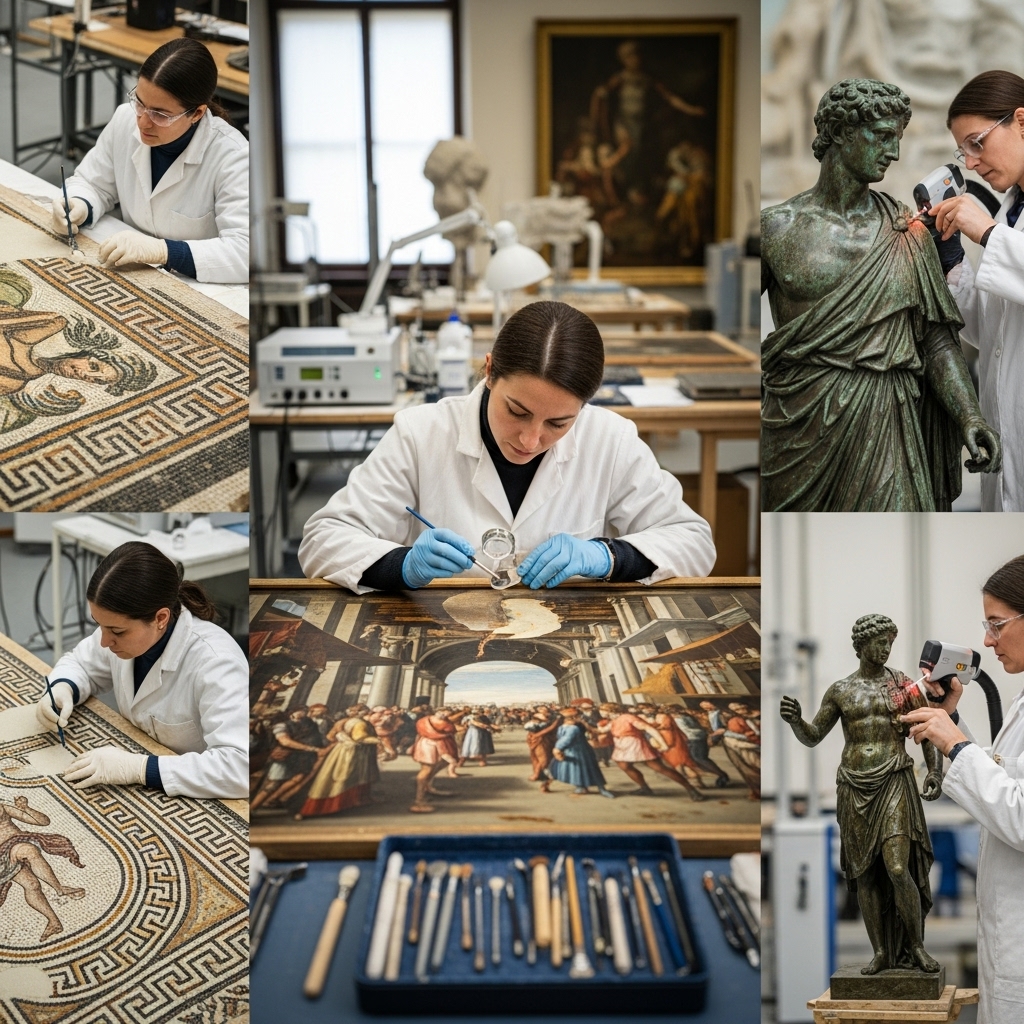
Introduction to Restoration Wonders
The world is filled with ancient structures and historical landmarks that have been damaged or destroyed over time due to natural disasters, wars, or simple wear and tear. However, with the advancement of technology and restoration techniques, many of these treasures have been brought back to life, giving us a glimpse into the past and allowing us to appreciate the ingenuity and craftsmanship of our ancestors. In this article, we will delve into the world of restoration and explore some of the most remarkable examples of restored structures and landmarks from around the globe.
The Importance of Restoration
Restoration is not just about fixing old buildings or repairing damaged artifacts; it's about preserving our cultural heritage and protecting our history for future generations. By restoring historical structures, we can learn about the people who built them, their way of life, and the events that shaped their world. Restoration also helps to promote tourism, boost local economies, and create jobs. Moreover, it allows us to appreciate the beauty and significance of these structures, which can inspire us to create new and innovative works of art, architecture, and design.
Examples of Restoration Wonders
One of the most famous examples of restoration is the Sistine Chapel in the Vatican City. The chapel's ceiling, painted by Michelangelo, was restored in the 1980s and 1990s, removing centuries of grime and revealing the vibrant colors and intricate details of the artwork. Another example is the Taj Mahal in India, which underwent a major restoration project in the 2000s to remove pollution stains and repair damaged marble. The project not only restored the monument's original beauty but also helped to reduce the impact of pollution on the surrounding environment.
In the United States, the restoration of the Statue of Liberty is a notable example. The statue, a gift from France to the United States, was dedicated in 1886 but had suffered significant damage over the years due to exposure to the elements. A major restoration project in the 1980s repaired the statue's copper exterior, replaced the torch, and added a new pedestal and museum. Today, the Statue of Liberty is one of the most iconic landmarks in the world, attracting millions of visitors each year.
Techniques and Technologies Used in Restoration
Restoration techniques and technologies have evolved significantly over the years, allowing conservators and restorers to work with greater precision and accuracy. One of the key techniques used in restoration is laser cleaning, which uses high-intensity light to remove dirt and grime from surfaces without damaging the underlying material. Another technique is 3D scanning and printing, which allows restorers to create exact replicas of damaged or missing parts, such as architectural details or sculptures.
Advanced materials and technologies, such as carbon fiber and Kevlar, are also being used in restoration projects to provide additional strength and support to damaged structures. For example, the use of carbon fiber rods to reinforce crumbling stone columns or the application of Kevlar-based coatings to protect surfaces from environmental damage. These technologies have greatly expanded the possibilities for restoration and have enabled conservators to tackle complex and challenging projects that were previously considered impossible.
Challenges and Controversies in Restoration
Despite the many successes in restoration, there are also challenges and controversies surrounding the field. One of the main challenges is the issue of authenticity, as restorers must balance the need to preserve the original material and intent of the artist or architect with the need to make the structure safe and functional for modern use. Another challenge is the issue of funding, as restoration projects can be extremely costly and require significant investment from governments, private donors, or other sources.
Controversies can also arise when restoration projects are not carried out with sensitivity and respect for the original material and cultural context. For example, the use of modern materials or techniques that are not compatible with the original construction methods can alter the character and integrity of the structure. Additionally, restoration projects can be subject to political or ideological agendas, which can lead to the erasure or distortion of historical facts and cultural narratives.
Conclusion and Future of Restoration
In conclusion, restoration is a complex and multifaceted field that requires a deep understanding of history, culture, and technology. By preserving and restoring our cultural heritage, we can learn from the past, appreciate the present, and build a better future. As technology continues to evolve and new techniques and materials become available, the possibilities for restoration will only continue to grow, enabling us to tackle even the most challenging projects and to preserve our cultural treasures for generations to come.
As we move forward, it is essential that we prioritize restoration and conservation efforts, recognizing the importance of our cultural heritage and the role that it plays in shaping our identities and communities. By working together to protect and preserve our past, we can build a brighter future for all, one that is rich in history, culture, and beauty. The restoration wonders of the modern world are a testament to human ingenuity and creativity, and they will continue to inspire and awe us for generations to come.
